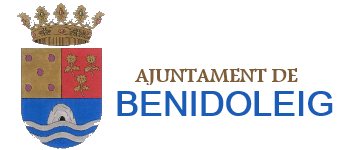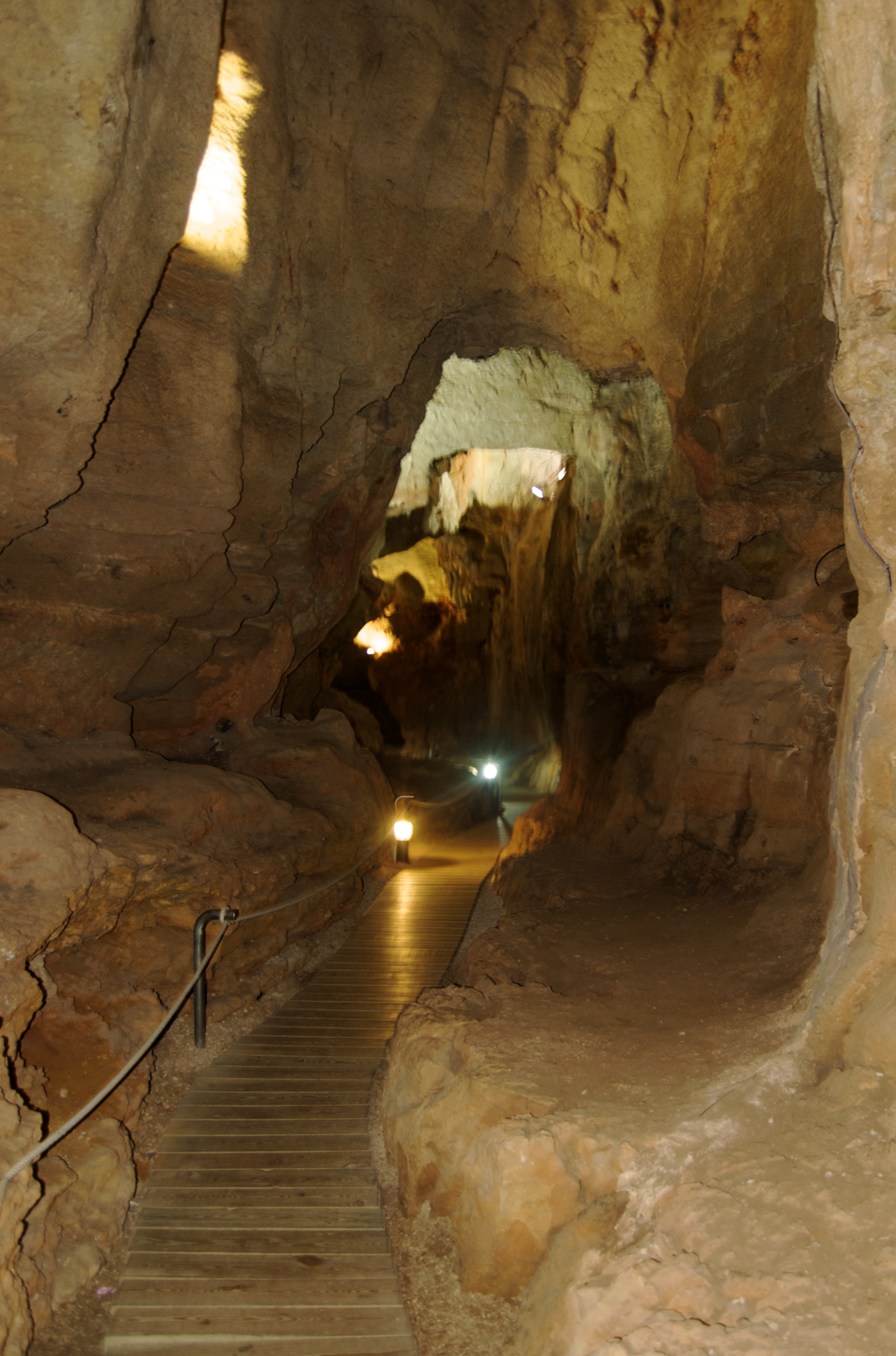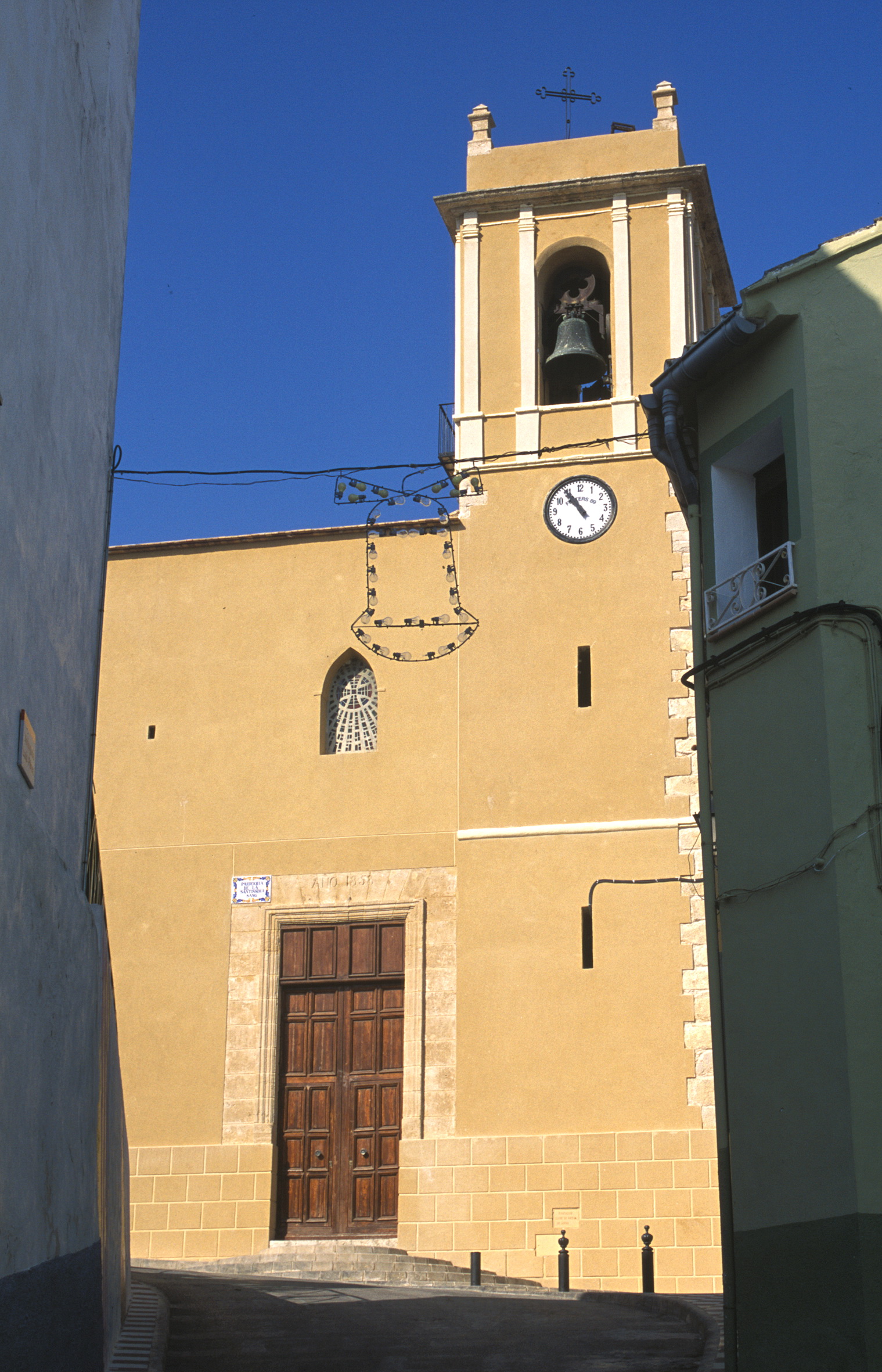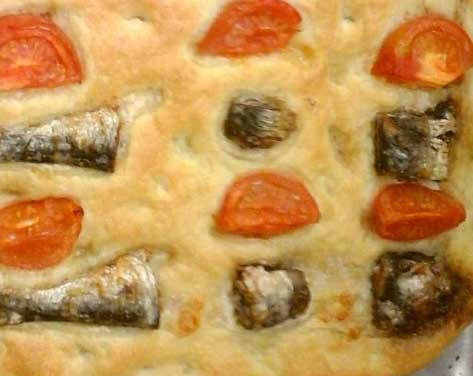The cave of the skulls
The cave of the skulls
The Cove de les Calaveres is located on the right bank of the Girona river valley, the cavity is famous for its long history being used as a refuge by Paleolithic man more than 100,000 years ago. From these remote times to our days, there have been numerous samples of the use and passage of man through the cave. Paleolithic moments correspond to the “ossuary” of its interior with bony remains of large mammals and stone utensils for its discarding.
5,000 years ago the inner corners of the gallery sheltered neolithic burials of the inhabitants of the valley. Later and in the Ibero-Roman era, the cavity was used as a sanctuary where offerings were placed, rituals generally linked to fertility and earth worship
At the beginning of S. XVIII the cave was considered as “very large and without having found it out”, this century saw the first expeditions documented to find out its dimensions. In 1768 a group of neighbors after exploring it found inside the skeletal remains of 12 people, presumably Muslim farmers of medieval times who were trapped and died when carrying out works of water collection, the story has been written by A.J. Cavanilles (around 1795). This discovery gave name to the cave “Calaveres” and passed as a legend to popular folklore enlarging the legend of Moorish kings, fabulous treasures and princesses.
“King Ahlí Moho, sought refuge in the cave with his great treasure and the 150 women of his harem, fleeing the Cid Campeador, being trapped and perishing all.”
In 1.936 it is used as an explosives warehouse during the Civil War. The cave has been visited since the beginning of the century by holidaymakers and people of the town on dates such as Easter, in the sixties it was urbanized and open to the public as a tourist cavity.




